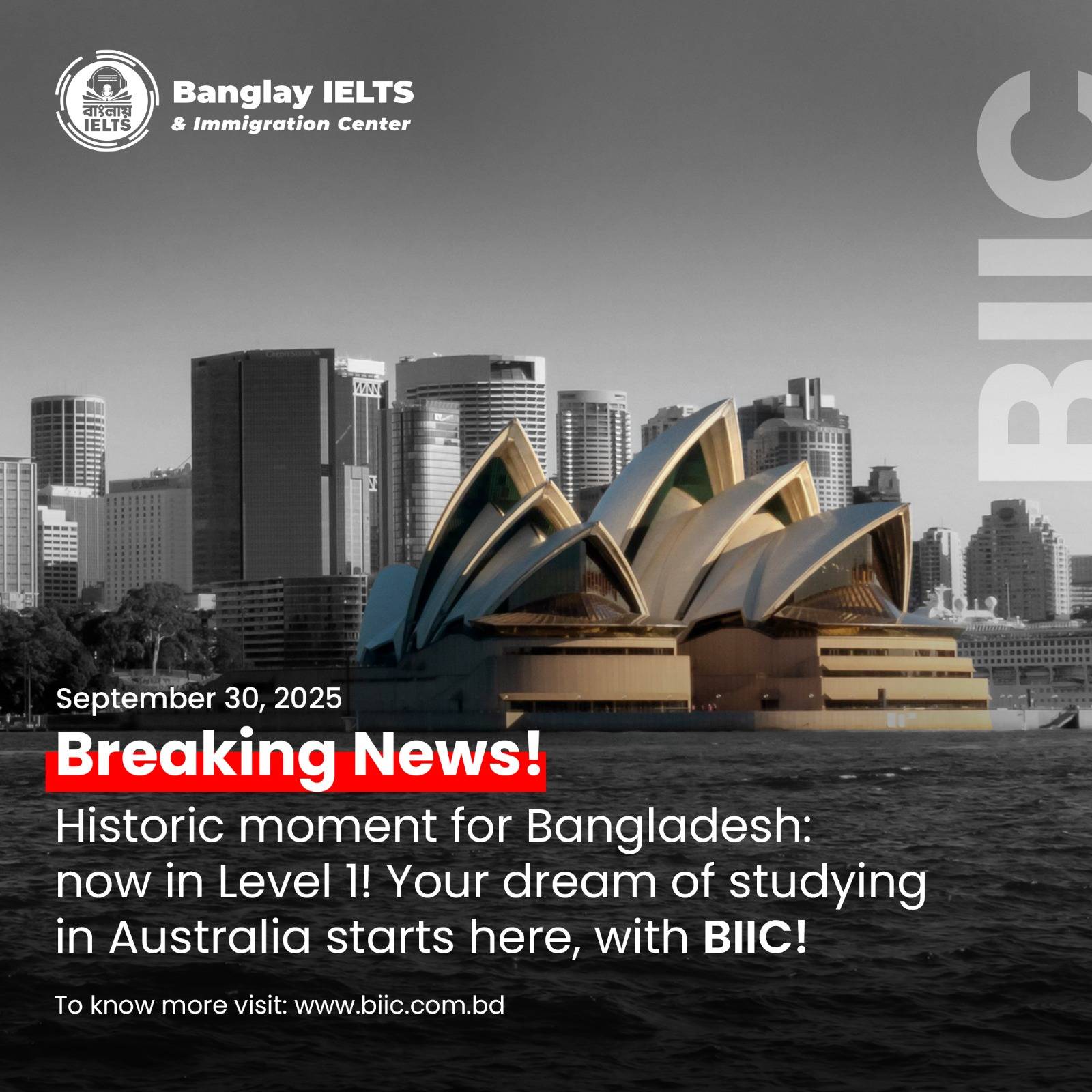The Australian Department of Home Affairs has recently updated evidence levels for student visa applications, as noted via the PRISMS system. While these levels are not officially published, the department uses them to assess the documentation required for student visa applications under the Simplified Student Visa Framework (SSVF).
Current Understanding of Country Evidence Levels
ased on information circulated within official education and immigration networks, countries are currently categorized as follows:
* Level 1: Bangladesh, Sri Lanka
* Level 2: India, Bhutan, Vietnam, China, Nepal
* Level 3: Fiji, Philippines, Pakistan
Evidence levels are part of Australia’s risk-management approach to international education, reflecting past student visa compliance and other immigration outcomes.
* Level 1: Bangladesh, Sri Lanka
* Level 2: India, Bhutan, Vietnam, China, Nepal
* Level 3: Fiji, Philippines, Pakistan
Evidence levels are part of Australia’s risk-management approach to international education, reflecting past student visa compliance and other immigration outcomes.
How Evidence Levels Work
Both education providers and countries of citizenship are assigned evidence levels (Level 1, 2, or 3). The combination of these two factors determines how much documentation a student must provide.
Provider Evidence Levels
All institutions registered under the Commonwealth Register of Institutions and Courses for Overseas Students (CRICOS) are assigned an evidence level:
* Level 1: Low-risk institutions – minimal extra documentation required.
* Level 2: Moderate-risk institutions – additional evidence may be requested depending on the student’s country.
* Level 3: High-risk institutions – strictest requirements and higher scrutiny.
Smaller institutions or those with limited visa outcome data are often assigned default levels, typically Level 2 or Level 3.
* Level 1: Low-risk institutions – minimal extra documentation required.
* Level 2: Moderate-risk institutions – additional evidence may be requested depending on the student’s country.
* Level 3: High-risk institutions – strictest requirements and higher scrutiny.
Smaller institutions or those with limited visa outcome data are often assigned default levels, typically Level 2 or Level 3.
Country Evidence Levels
Each country is also assigned a risk level, determined by historical data on student visa outcomes. Key factors include:
* Visa cancellations and refusals
* Overstaying of visas
* Applications for protection visas after studying
* Visa refusals due to fraudulent documentation (weighted heavily in risk calculations)
* Visa cancellations and refusals
* Overstaying of visas
* Applications for protection visas after studying
* Visa refusals due to fraudulent documentation (weighted heavily in risk calculations)
Interaction Between Country and Provider Levels
When assessing a student visa application, Home Affairs considers both the country and provider evidence levels:
* Low-risk country + Low-risk provider (Level 1 + Level 1):
* Streamlined process with minimal documentation.
* Mixed levels (e.g., Level 1 provider + Level 3 country):
* Additional documents may be required, such as proof of English proficiency or financial capacity.
* High-risk country + High-risk provider (Level 3 + Level 3):
* Strictest requirements, higher scrutiny, and greater possibility of delays or refusals.
* Low-risk country + Low-risk provider (Level 1 + Level 1):
* Streamlined process with minimal documentation.
* Mixed levels (e.g., Level 1 provider + Level 3 country):
* Additional documents may be required, such as proof of English proficiency or financial capacity.
* High-risk country + High-risk provider (Level 3 + Level 3):
* Strictest requirements, higher scrutiny, and greater possibility of delays or refusals.
Why Evidence Levels Matter
Students from higher-risk countries may face stricter documentation requirements even when attending well-known institutions. This ensures the integrity of Australia’s international education system while maintaining access for genuine students.
In contrast, applicants from lower-risk countries may experience a smoother and faster process. The system is designed to manage risk effectively, targeting areas with higher instances of visa breaches or overstaying, without restricting genuine students.
In contrast, applicants from lower-risk countries may experience a smoother and faster process. The system is designed to manage risk effectively, targeting areas with higher instances of visa breaches or overstaying, without restricting genuine students.
Official Sources:
* Department of Home Affairs – Student Visa Evidence Levels
https://immi.homeaffairs.gov.au/visas/getting-a-visa/visa-evidence-levels
* PRISMS System – Provider Registration and Monitoring
https://www.education.gov.au/cricos
* Simplified Student Visa Framework (SSVF)
https://immi.homeaffairs.gov.au/visas/study/student-visa/evidence-requirements

